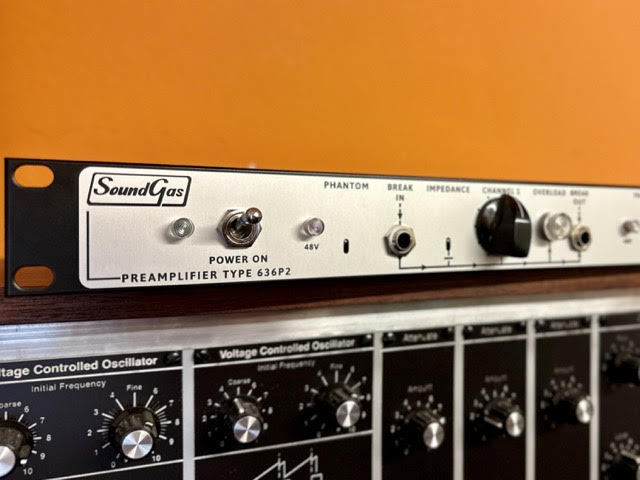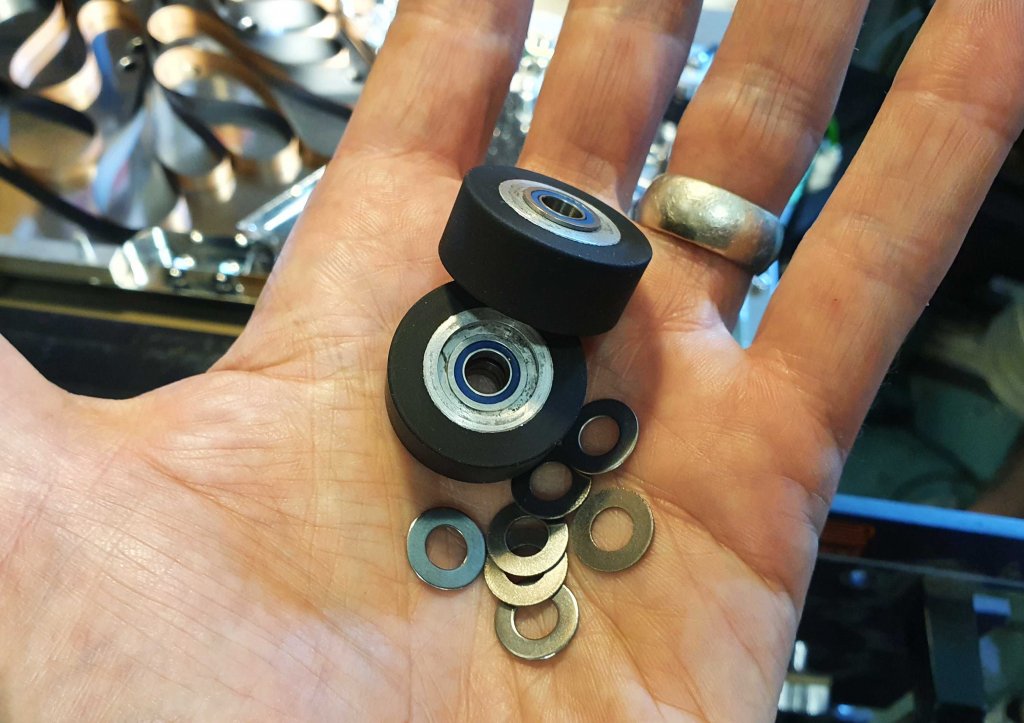
How to Change the Tape Loop on a Roland Space Echo RE-201
Some information on how to change the tape on your Roland tape echo, including a video.
HOW OFTEN SHOULD THE TAPE ON A ROLAND ECHO BE CHANGED?
An excellent first question, and one we are asked a lot. The manual says 300 hours. That’s certainly considerably less than we find is OK – one assumes that was the designers figure for guaranteed optimum performance (and a supply of cheap tapes!). Our recommendation is to use your ears, and also bear in mind how much run time your machine is getting. These were often installed in studios where they ran all day, but you may well only turn your echo on a few times a week, or month. A well set up Roland tape echo running the correct tape in a clean environment should be very happy running a few times a week for months. Our recommendation is certainly to replace the tape and clean the heads once a year.
CHANGING THE LOOP
You will need:
- A new loop: we only recommend our own replacement loops; please do not fit loops from any source except ourselves or Echofix in our machines as it will probably not be the right tape, it may affect performance and it will invalidate the warranty. Buy our loops.
- isopropyl alchohol
- cotton buds
- clean hands!
BEFORE YOU WATCH THE VIDEO: While fitting the new tape be careful not to knock the tension spring out of alignment (the copper spring at the bottom of the tape path). The positioning and pressure of the spring should be set up for the correct running of the machine. If you think you’ve knocked or bent it then may will hear a change in the evenness of the echoes as the tape either bounces or drags on the heads. The manuals can help with information on the correct set up – we’re working on a video but it’s not here yet.







